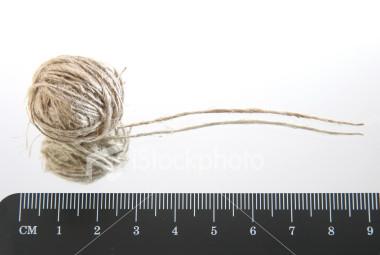Most creativity in the arts activity is private, and not in any real way funded from the public purse. If you play a musical instrument, or join a choir, or paint, or make pots, or design jewellery, or write poetry and read it to others (there is a long, long list), you will not normally expect governments to support your activity. In fact, government funding for the arts is a relatively recent innovation.
In the 19th century, to the best of my knowledge, government funding of the arts in the colony of New South Wales consisted of some government funding for and the facilitation of the building of both the Public Library and the Art Gallery in Sydney. Yet, in the late 19th century, according to the Australian Encyclopaedia, a visitor from Europe thought that there were more pianos in the colony per head of population than was true in France or Germany.
Government funding for the arts first took the form of providing facilities that no private citizen or group of citizens could easily establish, Then, as our country grew wealthier, government moved into recognising and supporting ‘excellence’, and ensuring that there were ‘world class’ opera and ballet companies, theatres, art galleries and museums. Public education includes some education in the arts, and has done for decades, but the arts are still not a central element in most schools’ curricula.
Much of what the Commonwealth and ACT Governments do is still facilitatory. The title of the Cultural Facilities Corporation is explicit, but the Tuggeranong and Belconnen Arts Centres are also good examples, as are the Glassworks, Gorman House, and the Ainslie and Manuka Arts Centres. The ACT Government also supports ‘excellence’, and community activity in the arts through program and project funding.
The amount that the ACT Government explicitly expends on the arts each year is not very much at all, around $20 million in a budget of rather less than $4 billion, or about 0.01 per cent. Rather more than a third of it goes to the CFC, and most of the rest goes to the key arts organizations, and to project and program funding. I don’t think any of it is ‘wasted’, nor would it be ‘wasted’ if other applicants had been funded rather than the chosen ones. You could say much the same of the Commonwealth’s arts endeavours.
How much should either Government be spending? How long is a piece of string? I would be delighted if the arts quantum were a hundred times its present size, and the arts were a central elements in the lives of all Australians. But they are not, and it will take several generations before that occurs, if it occurs at all.
In the meantime, we need to recognise that a doubling of the size of the quantum, no matter how much joy it will give to some, will increase at once the number of applicants, their ambition, and their disappointment when they are not funded at the level they sought, or not funded at all. I speak from thirty years’ experience in managing and assessing applications for public money.
Ministers for the Arts, in any jurisdiction, have an unenviable role. In particular they need to be guarded against unending complaints, and the usual ways to do this are first, to set up statutory authorities that carry out the government’s work, but at arm’s length from the Minister, and second, to siphon off the granting of money to expert and independent panels. That’s what happens now.
But if we want very much more money for the arts, we need to create a public culture in which the arts have at least the same status in the political world as ‘jobs’. We have a long way to go if that is the goal. In the meantime, we need to recognise the limitations on any Minister and Government.





